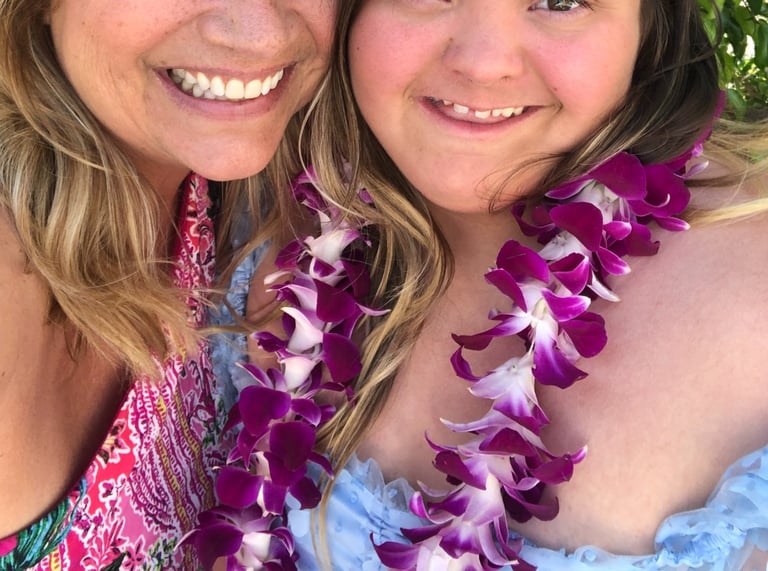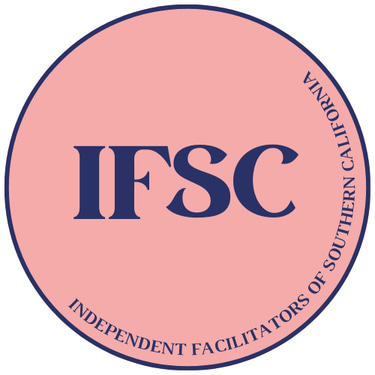Transitioning Into the Self-Determination Program (SDP)


Making the move into SDP is an exciting step toward greater choice, control, and customization in services for individuals with developmental disabilities. But with change comes complexity — and navigating this shift requires knowledge, planning, and support.
This is where transition support becomes critical: it ensures that participants move from traditional systems to Self-Determination with confidence, continuity, and clarity.
Core Principles
Understanding the Philosophy
Moving from system-driven to person-driven planning means reframing how services are selected and funded.
IPP Alignment
A smooth transition ensures goals in the Individual Program Plan (IPP) translate seamlessly into the Self-Determination model.
Transition planning includes identifying services that may not be available through traditional vendors and finding community-based alternatives.
Identifying Service Gaps
FMS Selection
Choosing the right Financial Management Service (FMS) is critical — participants must understand the options (bill payer, co-employer, employer model)
How Independent Facilitators of SoCal Support Transitions
Independent Facilitators are not just planners — they’re transition navigators. They provide the structure and strategic insight families need to move into SDP without disruptions or confusion.




